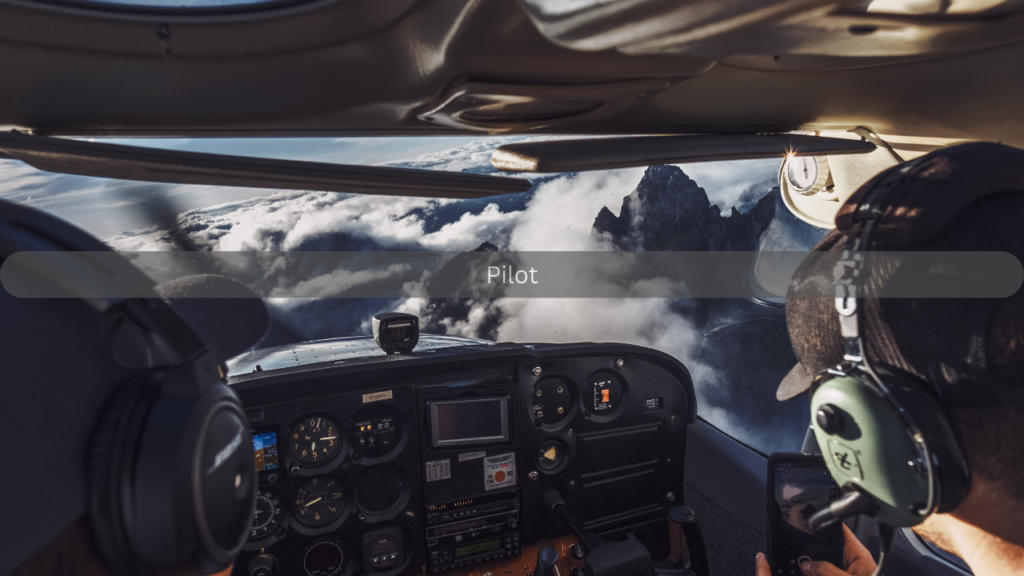Balancing Work and Life at 35,000 Feet: Inside the Lives of Flight Attendants and Pilots

Balancing work and personal life can be difficult for most professionals, but for flight attendants and pilots, it takes on an entirely different dimension. At 35,000 feet, the demands of the job can push personal lives to the background, as long hours, irregular schedules, and frequent travel often define their work. However, many in the aviation industry have found ways to strike a balance between their high-flying careers and fulfilling personal lives.
The Unique Challenges of Flight Crew Life
One of the primary challenges faced by flight attendants and pilots is their erratic schedules. Unlike traditional jobs that follow a standard 9-to-5 structure, flight crews often work at unusual hours, crossing time zones and working through nights, weekends, and holidays. As airlines operate 24/7, flight crew members are required to be flexible, adjusting their routines to meet the needs of the job. This unpredictability can make planning personal events, maintaining relationships, and sticking to routines a significant challenge.
Moreover, the extended periods of time away from home add to the complexity. Whether it’s a short domestic flight or a long-haul international trip, flight attendants and pilots can spend days, or even weeks, away from their families. The constant separation from loved ones can lead to feelings of isolation and strain personal relationships. For those with children or partners, balancing family responsibilities with the demands of the job requires careful planning and a supportive home environment.
Managing Time Zones and Fatigue
One of the biggest physical challenges of life in the air is managing time zone changes and fatigue. Frequent shifts in time zones disrupt the body’s natural circadian rhythm, leading to jet lag and exhaustion. Pilots and flight attendants must remain alert and focused despite often feeling fatigued from long hours of work. They are responsible not only for their own safety but also for the safety and comfort of passengers.
To combat these challenges, many flight crews follow strict routines to manage sleep and fatigue. They take advantage of layovers to rest, use strategic naps, and rely on specific diets to maintain energy levels. Airlines also implement rules limiting flying hours and mandating rest periods to ensure their crews are well-rested before flights.
Building a Support System
One key to balancing work and life as a flight attendant or pilot is having a solid support system. Many flight crew members emphasize the importance of maintaining open communication with family and friends. Whether it’s video calls, texts, or shared calendars, staying connected with loved ones during long trips is essential to bridging the gap created by physical absence.
For many, their coworkers become a second family. The camaraderie among flight crew members helps to ease the challenges of being away from home, providing a sense of belonging and shared experience. This sense of community can be especially strong on long-haul flights, where crews spend extended periods together during layovers in foreign countries.
Creating Work-Life Balance Strategies
Despite the challenges, many flight attendants and pilots find ways to create balance in their lives. One strategy is using their days off to maximize personal time. When not in the air, flight crew members often focus on quality over quantity, making the most of their free time with loved ones. Flexibility in scheduling also allows for pursuing hobbies, travel, and personal projects on days off.
Some flight crew members embrace the adventurous aspects of the job, using their work as an opportunity to explore new destinations. Rather than seeing travel as solely a work requirement, they make the most of their layovers to experience new cultures, food, and activities. This approach helps to create a balance between the demands of work and the enjoyment of travel.
Conclusion
Balancing work and life at 35,000 feet is no easy task, but flight attendants and pilots have found ways to navigate the unique challenges of their profession. By developing routines, maintaining strong connections with loved ones, and finding moments of adventure and relaxation during layovers, they manage to create a fulfilling personal life alongside a demanding career. For those passionate about aviation, the rewards of the job often outweigh the difficulties, allowing them to embrace the lifestyle that comes with soaring through the skies.